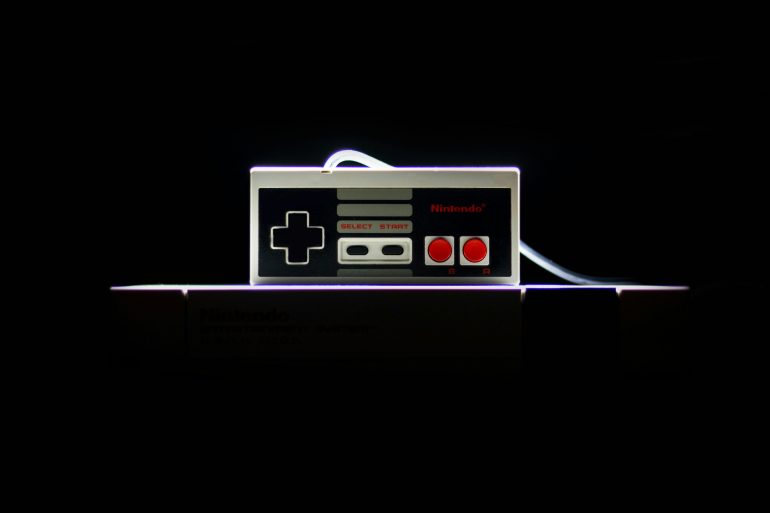The global console gaming industry, long a cornerstone of digital entertainment, is projected to grow from $52 billion in 2023 to $79 billion by 2030, according to GlobalData. As hardware advances, AI refines gaming experiences, and cloud technology challenges traditional distribution, console makers find themselves at a crossroads between innovation and survival.
For decades, console gaming has followed a familiar cycle: new hardware launches, incremental graphical improvements, and exclusivity-driven competition. But the industry is now entering an era where software ecosystems, cloud-based accessibility, and AI-powered enhancements are taking centre stage. Companies like Sony, Microsoft, and Nintendo are no longer just competing on processing power and game exclusives — they are redefining what a console even is.
The competitive landscape: More than just three players
While Sony’s PlayStation, Microsoft’s Xbox, and Nintendo’s Switch dominate the traditional console market, the industry is increasingly shaped by a wider network of stakeholders. Game publishers, cloud service providers, telecommunications firms, and even peripheral manufacturers are influencing how and where games are played. AI-driven game development, enhanced by procedural generation and real-time graphics upscaling, is further altering how players experience virtual worlds.
Rupantar Guha, Principal Analyst at GlobalData, notes that cross-platform play is breaking down long-standing barriers between console ecosystems, allowing greater accessibility and multiplayer engagement across devices. This shift is eroding the traditional walled gardens that console manufacturers once relied upon for market dominance.

Cloud gaming: A threat or an opportunity?
Cloud gaming has the potential to reshape the industry by making high-end gaming accessible without dedicated hardware. If games can be streamed seamlessly to any device, will consumers still need to purchase expensive consoles? Microsoft and Sony are cautiously exploring cloud gaming solutions, integrating them into their existing business models without entirely abandoning hardware. Meanwhile, Nintendo’s forthcoming Switch 2—expected in 2025—demonstrates that hybrid devices remain an attractive option for consumers who want both portability and performance.
Yet, cloud gaming is far from a guaranteed disruptor. Latency, internet infrastructure, and concerns over digital ownership continue to challenge its mainstream adoption. While services like NVIDIA GeForce Now and Xbox Cloud Gaming have made strides, console manufacturers still have time to refine their strategies before streaming technology reaches true ubiquity.
The resurgence of old games: A strategic move
Another defining trend is the industry’s reliance on remakes and remasters. Rather than taking risks on entirely new IP, gaming companies are capitalising on nostalgia by refreshing beloved classics with modern visuals and mechanics. This strategy serves a dual purpose: it mitigates financial risk and caters to an audience eager to revisit formative gaming experiences.
Guha highlights that independent studios specialising in remakes and remasters are becoming attractive acquisition targets. At the same time, indie developers are carving out a niche in the console market, offering fresh creative experiences without the financial overhead of AAA productions.
What lies ahead?
By 2028, Sony and Microsoft are expected to release next-generation consoles with more advanced hardware, deeper AI integration, and broader cross-platform capabilities. But will these consoles be the last of their kind? As cloud technology improves and gaming ecosystems become more interconnected, the definition of a ‘console’ could shift away from physical devices toward seamless gaming experiences accessible anywhere.
For now, the industry remains in flux — navigating a delicate balance between hardware innovation, evolving player expectations, and the economic realities of game development. Whether traditional consoles will maintain their grip on a rapidly changing market or be overtaken by software-driven ecosystems is the $79 billion question.
Featured image by Tomasz Filipek on Pexels


